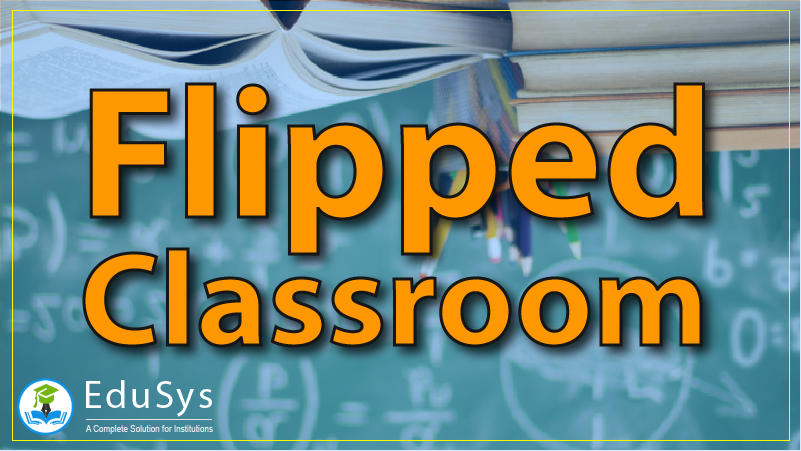What is Flipped Classroom? Advantages and Disadvantages

Before learning the advantages and disadvantages of a flipped classroom, let us explore exactly what it means in education.
What is Flipped Classroom?
Definition: A Flipped Classroom is a blended learning strategy and learner-centered approach that fundamentally utilizes technology to impart education. The concept involves employing online tutorials and Learning Management Systems (LMS) to teach academic subjects and convey information. Unlike the traditional teacher-student lecture style, where an educator teaches most part of the lessons directly to students from textbooks inside the classrooms and controls the full flow of class discussions, the flipped classroom model differs by encouraging learners to do research and prepare beforehand on topics at home prior to their teaching during the class periods and allows students to collaborate via online discussions.
The flipped technology resembles close to (or) involves concepts like Smart classroom, LMS, and Virtual Reality. Adapting to this teaching and learning methodology reduces the work of instructors, improves classroom management, and lessens homework problems arising in classrooms as students come prepared on the topics from home. This enables teachers to focus on in-depth teaching methods, skill development activities, and problem-solving concepts. Moreover, the student-teacher collaboration in the flipped classroom becomes more personalized, and this enables the students to effectively show interest and involve themselves in learning.
Advantages and Disadvantages of Flipped Classroom
Just like any other education strategy and model, the flipped classroom comes with certain advantages and disadvantages. While the pros are tremendous, the cons are unavoidable. Let us see the benefits and drawbacks of flipped technology in the classroom.
Advantages
- Encourages students to utilize digital content to explore knowledge beyond textbooks
- Improves personalized learning and teaching methods
- Gives rise to student-centered teaching
- Improves visualization and understanding capacity
- Smoothens student-teacher and student-student collaboration and interaction
- Enables students to learn at their own time and pace
- Provides a good platform for students to ask questions or seek extra help
- Encourages students to think out-of-the-box ideas
- Online tutorials and lectures supply basic and essential knowledge and allow students to review the topics again and again as many times as possible
Disadvantages
- Many argue that flipped board divides students digitally
- The technology required (computers, smart gadgets, internet, etc.) are not accessible to many individuals
- Flipped classrooms that utilize videos to deliver instruction sometimes suffer technical challenges/ difficulties
- Increases the time spent by students on computer screens
- The additional time spent by students at home preparing for topics is highly debated
- Threatens the traditional classroom teaching method
 19 Apr 2022
19 Apr 2022


